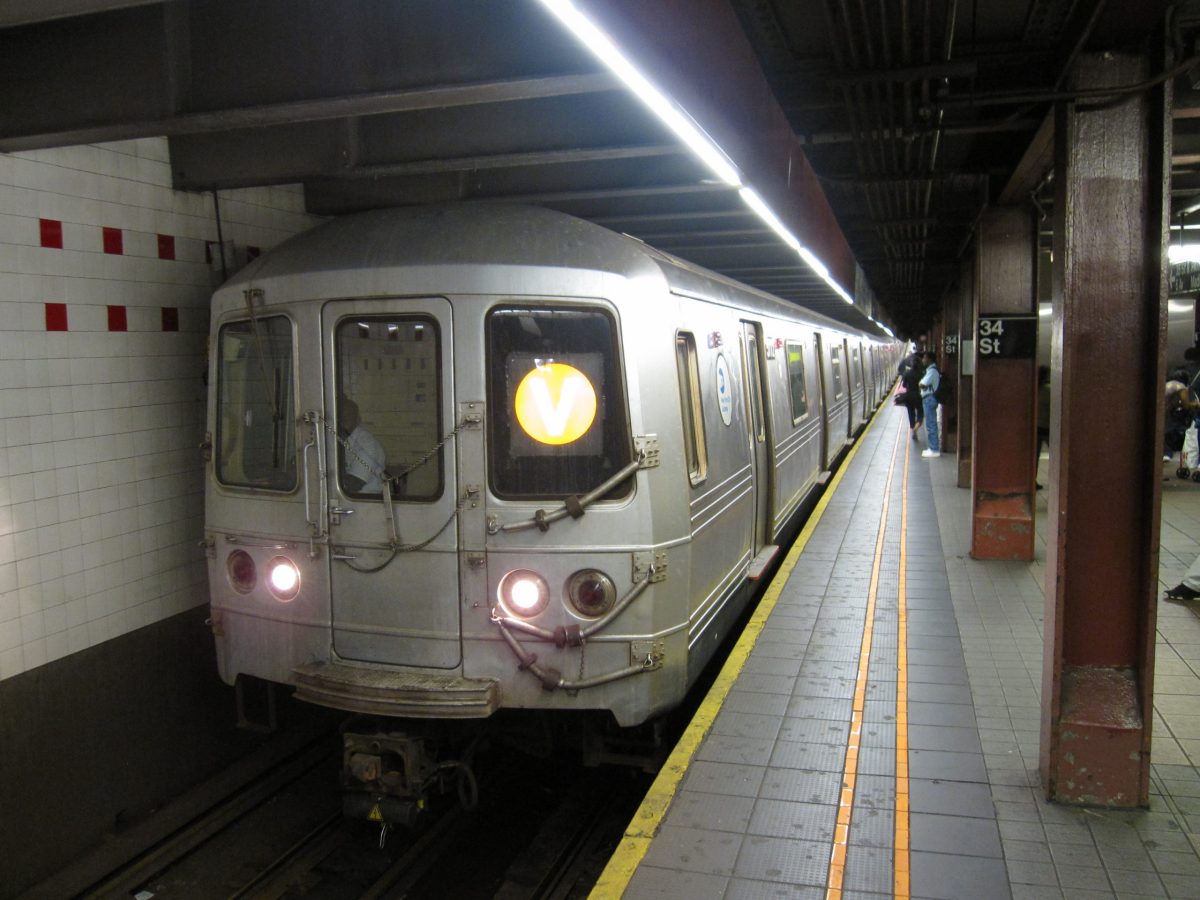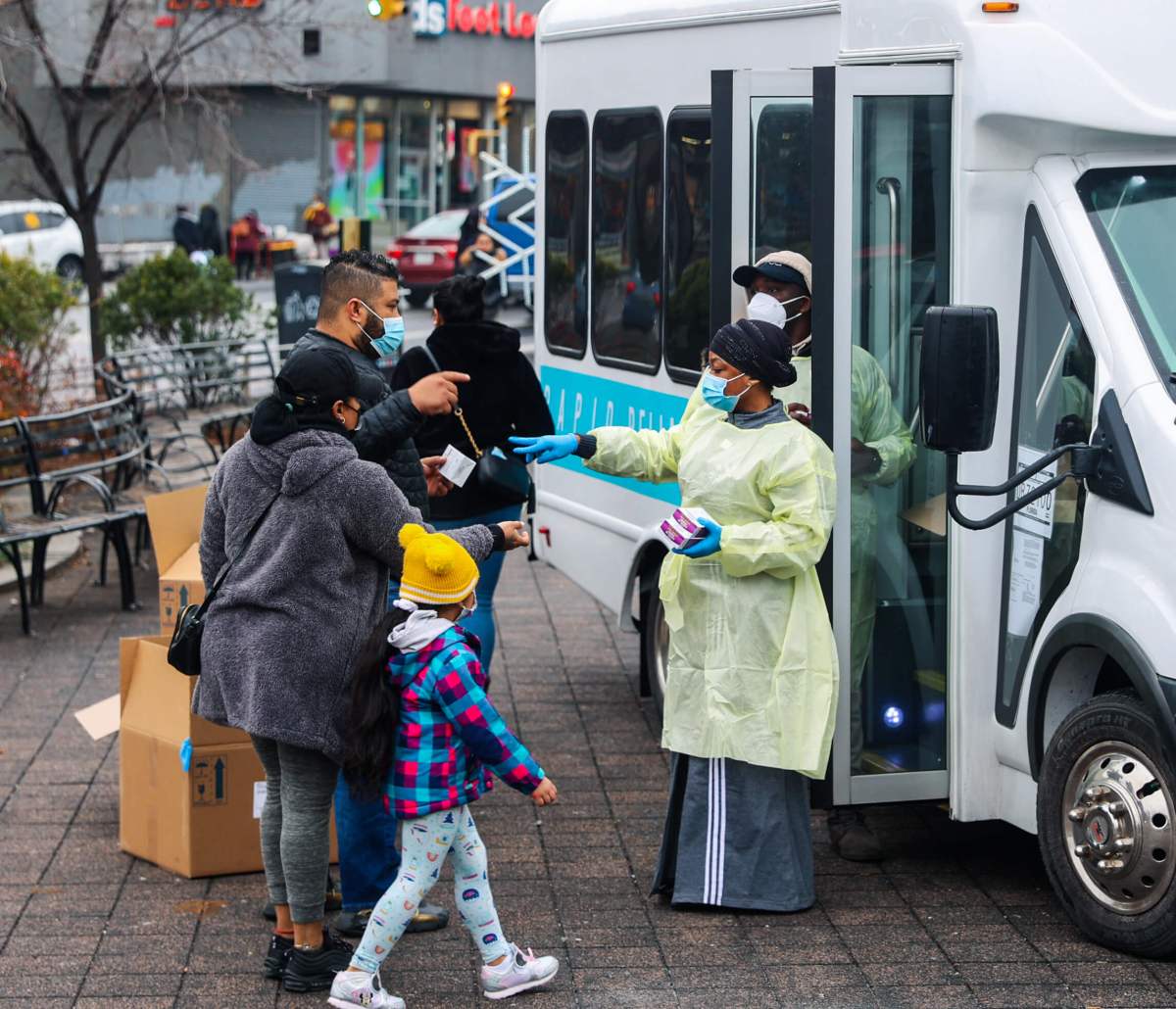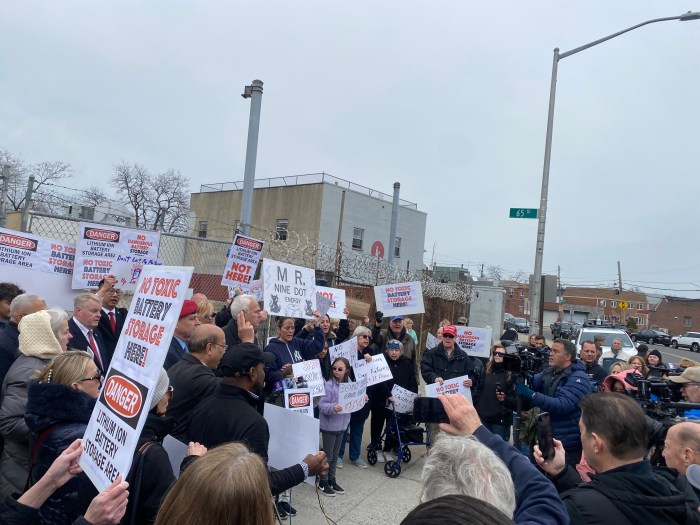Facing the effects of the “Great Recession” more than a decade ago, the MTA announced a “doomsday budget” that included service cuts which affected hundreds of thousands of New Yorkers.
It would take years for the MTA to climb out of its budget hole and reverse some of the changes they deemed necessary to get through the crisis. Still, some of the biggest reminders of the “doomsday budget” are present, especially within the subway system.
But now the MTA is facing a fiscal calamity even greater than the “Great Recession” that precipitated the apocalyptic cuts of 2009-10. MTA Chair and CEO Pat Foye said at the authority’s June 24 board meeting that the authority is facing a “four-alarm fire” of economic challenges brought on by the COVID-19 pandemic.
Only a week earlier, during an amNY webinar, Foye ruled out a pandemic-related fare hike while acknowledging the tremendous fiscal challenges facing the MTA. But on June 24, as the authority looks at a $10 billion budget deficit, one board member suggested that every possible remedy to the crisis is on the table — including a fare hike, service cuts and administrative changes.
The MTA is also seeking billions of dollars in economic relief from Washington, DC. They’ve already received billions in previous COVID-19 economic relief packages out of Capitol Hill, but Foye noted that additional federal resources are needed to help the MTA recover from the pandemic.
The extra funds, included in the HEROES Act bill stalled in the Senate, could also help the MTA avoid making cuts similar to those made in the “doomsday budget” of 2009-10.
Back then, the biggest cuts impacted, to little surprise, the subway system.
Two subway lines, the V and W, were eliminated. Only the W train returned after the first phase of the Second Avenue Subway opened in 2016, and the Q train — which, in the doomsday budget, had replaced the W between midtown Manhattan and Astoria, Queens — was rerouted to the new line.
Meanwhile, the V train, created in 2001 to run between the Lower East Side and Forest Hills, Queens, remains on the shelf. The doomsday budget replaced the line with the current M train route from Forest Hills, through Manhattan and Brooklyn, up to Middle Village, Queens.
Initially, the MTA had wanted to eliminate the M entirely and replace it with the V, but opted instead to retain the M and shelf the V on the redesigned route. The M logo was also changed from brown to orange to reflect the change.
The new route also ended traditional weekday M service from Middle Village into Lower Manhattan and Bay Ridge, Brooklyn.
The doomsday budget also truncated the G line, the only subway route that doesn’t cross the East River into Manhattan. Before the cuts of 2009, the G train ran from Brooklyn to Forest Hills, but the doomsday budget permanently made the Court Square station in Long Island City the G train’s last northbound stop.
The MTA had also wanted to eliminate the Z train, the sporadic, skip-stop, rush-hour service running concurrent with the J train on weekdays. However, the authority spared the Z when finalizing its doomsday budget.
Much has changed in the 11 years since the MTA enacted the budget cuts. As the economy improved, the authority reversed service reductions on other routes and even increased capacity as more riders joined the system. The G train, for example, went up in car length, from four cars to six.
It’s hard to say how many cuts the MTA would need to make if they don’t get additional help during the current fiscal calamity. But one statistic, in comparing the doomsday budget of 2009-10, should give New Yorkers pause: the size of the MTA’s budget deficit.
The doomsday cuts were made to help address an immediate $343 million budget shortfall and a longer term, $1.2 billion gap. Both were hard, yet manageable numbers.
But that’s a drop in the bucket compared to the $10 billion abyss that the MTA is currently staring at.
One could make the argument that there may not be enough service cuts to make a serious dent in that crater.





































